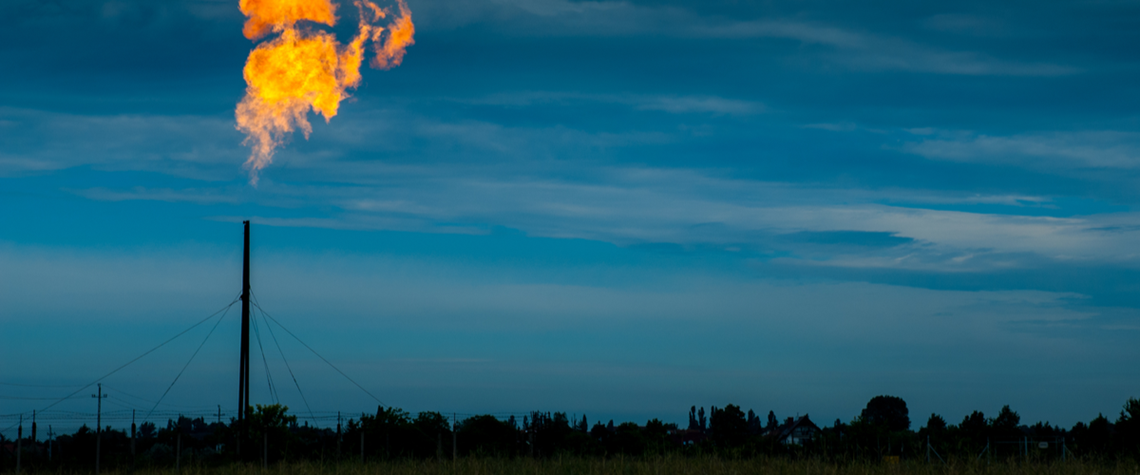Outlook 2022: A case for European blue hydrogen
Tackling fugitive methane emissions in the supply chain is vital if blue hydrogen is to be considered low carbon
In August 2021, the paper How green is blue hydrogen? hit the academic press. Co-authored by Professor Howarth of Cornell University, the paper makes the case that reforming natural gas alongside carbon capture and storage (CCS) to produce blue hydrogen can generate more than 20pc more greenhouse gas (GHG) emissions than the direct use of natural gas. This conclusion follows an analysis of two blue hydrogen plants, one in the US and one in Canada, and—importantly—is based on two key assumptions: fugitive methane emissions from natural gas production are set at 3.5pc following analysis of US leakage statistics, and power for the CCS process is supplied from gas-fired generation. In addition,

Also in this section
25 July 2025
Oil major cites strategy reset as it walks away from Australian Renewable Energy Hub, leaving partner InterContinental Energy to lead one of world’s largest green hydrogen projects
23 July 2025
Electrolysis seen as most leakage-prone production pathway as study warns of sharp increase through 2030 and beyond
22 July 2025
The gas-hungry sector is set for rapid growth, and oil majors and some of the world’s largest LNG firms are investing in ammonia production and export facilities, though much depends on regulatory support
16 July 2025
Major manufacturer cancels rollout of new hydrogen-powered vans and strengthens focus on battery electric and hybrid markets








